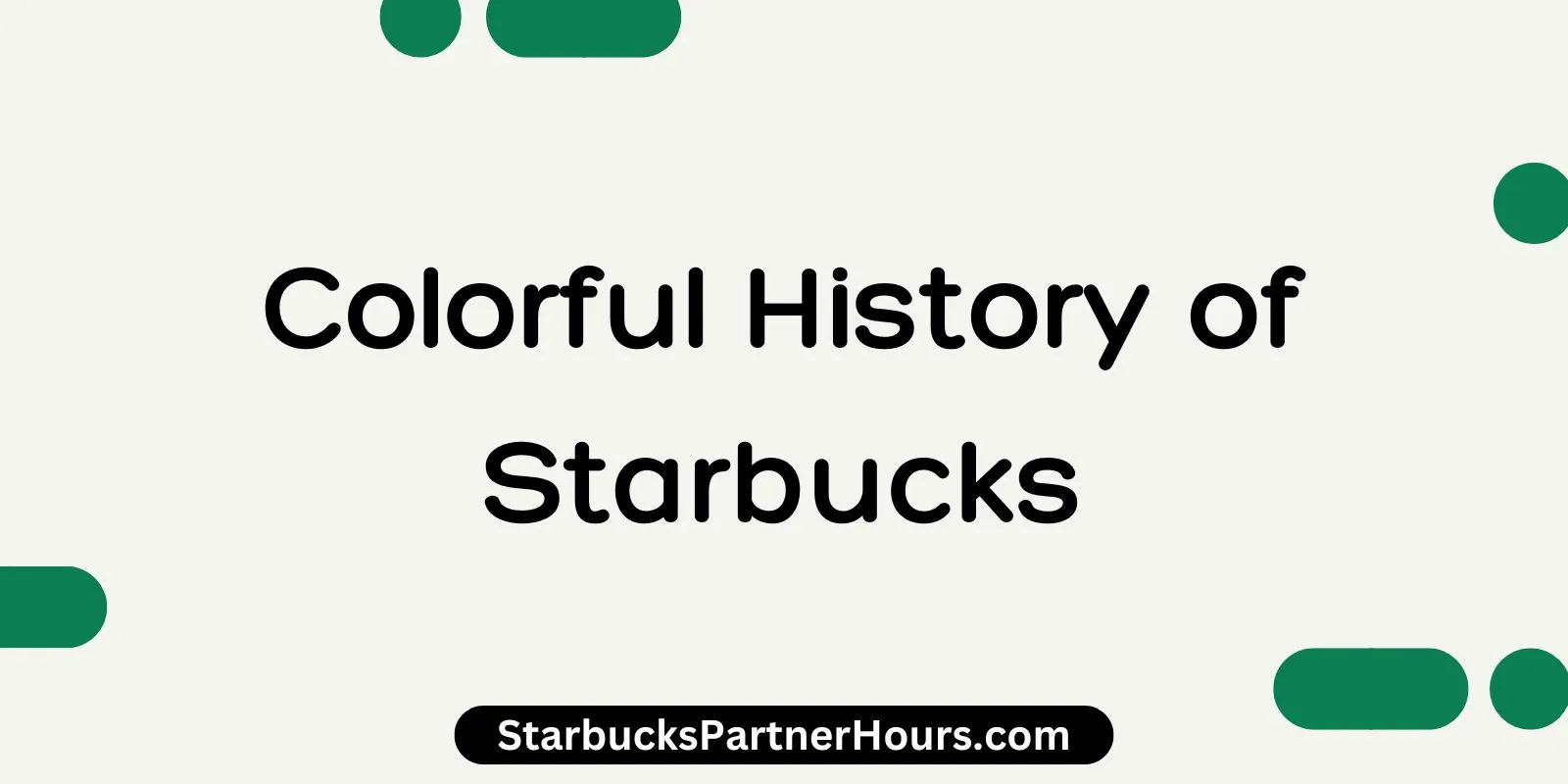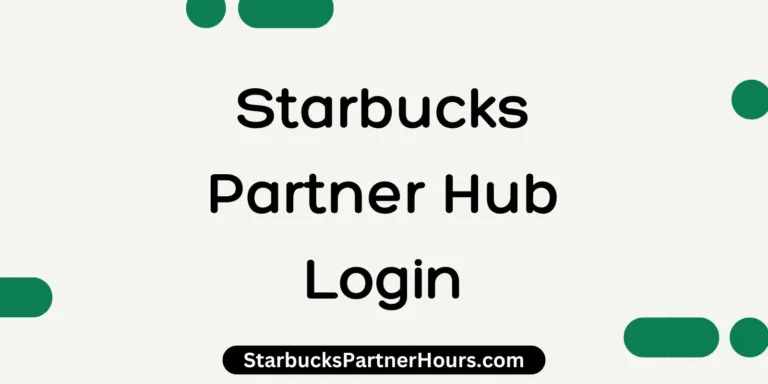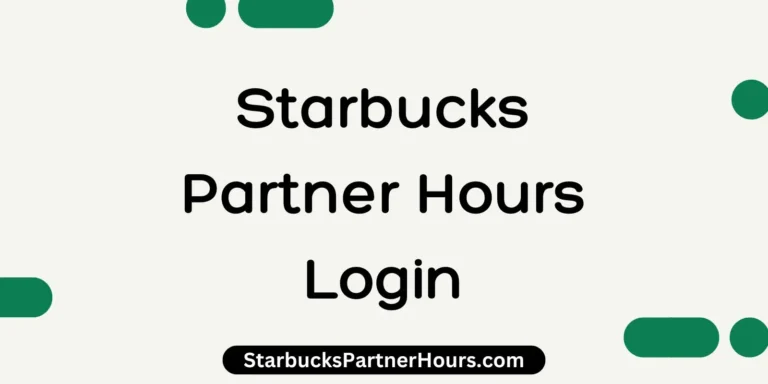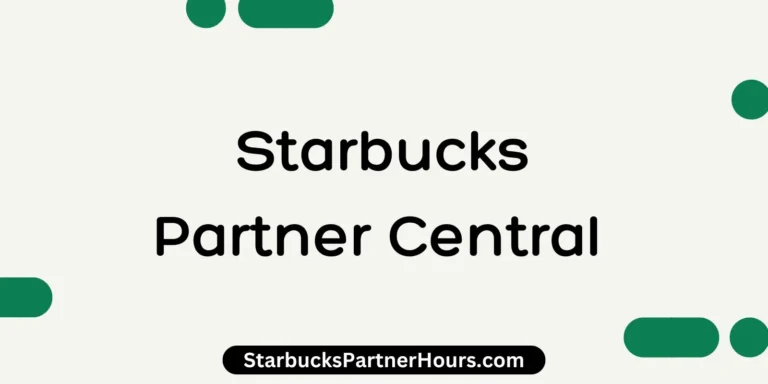Colorful History of Starbucks (From Bean to Cup) – Brewing Success
After spending a few years working at Starbucks, I became really fond of their friendly atmosphere and culture. This got me curious about how Starbucks came to be and how they created such a welcoming vibe that draws customers from all over the world. In this guide, I’ll share what I’ve learned about Starbucks’ history from various sources like books, their website, and Wikipedia. So, let’s dive in!
The Starbucks story began in 1971 at Seattle’s historic Pike Place Market, where three friends opened a small coffee shop. They sold high-quality coffee beans from places like Colombia, Indonesia, and Ethiopia, which they roasted themselves and packed by hand.
When it came to choosing a name for their shop, they looked to the nearby waterfront and settled on “Starbucks,” inspired by a character from the novel “Moby Dick.” They also picked the Siren as their logo, symbolizing the allure of coffee.
Fast forward ten years, a young man named Howard Schultz from New York visited Seattle and stepped into Starbucks for the first time. After trying their Sumatra coffee, he was hooked. In 1982, he joined the company as the director of operations and marketing.
A year later, Howard traveled to Milan, Italy, where he was captivated by the welcoming atmosphere of the local coffeehouses. Everyone, whether they were regulars or first-time visitors, was greeted warmly.
People sipped espresso and cappuccino while chatting with friends, family, and even strangers, surrounded by the sounds of coffee grinding and Italian music.
Howard was inspired by the idea of bringing this coffee culture back to the United States. He convinced Starbucks to open a test café in downtown Seattle, and on a rainy morning, Starbucks served its first café latte. And that’s how Starbucks began its journey to becoming the global coffee giant we know today.
| Attribute | Details |
| Company type | Public |
| Traded as | Nasdaq: SBUX<br>Nasdaq-100 component<br>S&P 100 component<br>S&P 500 component |
| ISIN | US8552441094 |
| Industry | Coffee shop |
| Founded | March 30, 1971; 52 years ago |
| Headquarters | Starbucks Center, Seattle, Washington, U.S. |
| Founders | Jerry Baldwin<br>Zev Siegl<br>Gordon Bowker |
| Number of locations | 38,038 (2023) |
| Area served | 84 countries |
| Key people | Mellody Hobson (Chairwoman)<br>Laxman Narasimhan (CEO) |
| Products | Coffee beverages<br>Smoothies<br>Tea<br>Baked goods<br>Sandwiches |
| Revenue | Increase US$32.25 billion (2022) |
| Operating income | Decrease US$4.62 billion (2022) |
| Net income | Decrease US$3.28 billion (2022) |
| Total assets | Decrease US$27.98 billion (2022) |
| Total equity | Decrease US$−8.70 billion (2022) |
| Number of employees | c. 402,000 (2022) |
| Subsidiaries | Starbucks Coffee<br>Ethos Water<br>Hear Music<br>La Boulange Bakery<br>Teavana<br>Torrefazione Italia<br>Tata Starbucks (India) |
| Website | starbucks.com |
Company Overview
As the CEO of Starbucks from 1986 to 2000, Howard Schultz made big moves to grow the company. He expanded Starbucks from just a few shops in Seattle to many across the West Coast of the United States.
After Schultz, Orin Smith took over and focused on making Starbucks a big player in fair trade coffee. Under his leadership, Starbucks’ sales soared to $5 billion.
Then came Jim Donald, who served as CEO from 2005 to 2008. He made sure Starbucks earned even more money. But when the financial crisis hit in 2007-08, Schultz returned as CEO.
Over the next ten years, he worked hard to make Starbucks even better. He expanded what Starbucks offered, grew its market share, and made the company more socially responsible.
Kevin Johnson took over as CEO in 2017, but Schultz came back as interim CEO in April 2022. Later, in September 2022, Laxman Narasimhan was chosen to be the next CEO, with Schultz staying on the board of directors.
Besides coffee and food, Starbucks stores also sell cool stuff like mugs, tumblers, and coffee presses. Some stores even serve beer, wine, and appetizers in the evenings. You can also find Starbucks coffee, ice cream, and cold coffee drinks in grocery stores.
In 2010, Starbucks launched its Starbucks Reserve program, which offers special single-origin coffees and high-end coffee shops. They wanted to open 1,000 Reserve coffee shops by 2017, but Johnson decided to scale back those plans.
Starbucks now has six coffee roasteries with tasting rooms and 43 coffee bars as part of the Reserve program. The newest roastery opened in Chicago in 2019 and is the biggest Starbucks in the world.
Although Starbucks has faced some controversies, it’s still very popular. It’s ranked 120th on the Fortune 500 list and 303rd on the Forbes Global 2000 list as of 2022.
| Year | Revenue (in mil. US$) | Net Income (in mil. US$) | Total Assets (in mil. US$) | Average Price per Share (in US$) | Employees |
| 2005 | 6,369 | 494 | 3,514 | 13.40 | 115,000 |
| 2006 | 7,787 | 564 | 4,429 | 17.62 | 145,800 |
| 2007 | 9,412 | 673 | 5,344 | 14.12 | 172,000 |
| 2008 | 10,383 | 316 | 5,673 | 7.61 | 176,000 |
| 2009 | 9,775 | 391 | 5,577 | 7.87 | 142,000 |
| 2010 | 10,707 | 946 | 6,386 | 13.07 | 137,000 |
| 2011 | 11,700 | 1,246 | 7,360 | 18.92 | 149,000 |
| 2012 | 13,277 | 1,384 | 8,219 | 25.63 | 160,000 |
| 2013 | 14,867 | 8 | 11,517 | 33.71 | 182,000 |
| 2014 | 16,448 | 2,068 | 10,753 | 37.78 | 191,000 |
| 2015 | 19,163 | 2,757 | 12,416 | 53.25 | 238,000 |
| 2016 | 21,316 | 2,818 | 14,313 | 56.59 | 254,000 |
| 2017 | 22,387 | 2,885 | 14,366 | 57.27 | 277,000 |
| 2018 | 24,720 | 4,518 | 24,156 | 57.50 | 291,000 |
| 2019 | 26,509 | 3,599 | 19,220 | 81.44 | 346,000 |
| 2020 | 23,518 | 928 | 29,375 | 82.33 | 349,000 |
| 2021 | 29,061 | 4,199 | 31,393 | 112.05 | 383,000 |
| 2022 | 32,250 | 3,282 | 27,978 | 87.63 | 402,000 |
Post Conclusion
In conclusion, Starbucks’ journey from its humble beginnings in Seattle to becoming a global coffee powerhouse is a testament to its founders’ vision and dedication.
Through strategic expansions, innovative product offerings, and a commitment to quality, Starbucks has shaped the modern coffee culture.
Today, it stands as an iconic brand known for its unique blend of coffee experiences and community-focused approach, leaving a lasting impact on coffee lovers worldwide.







